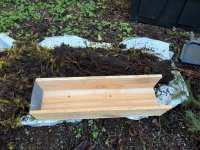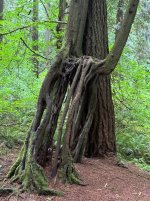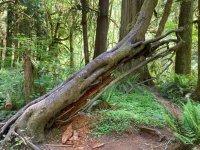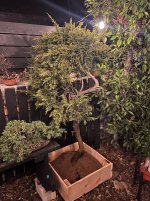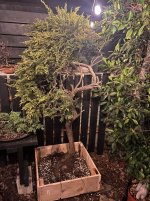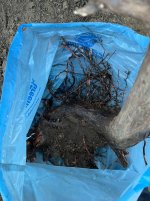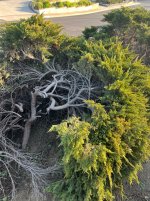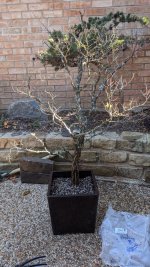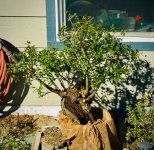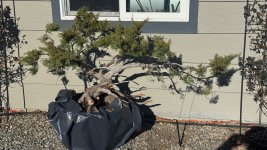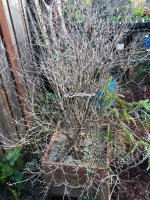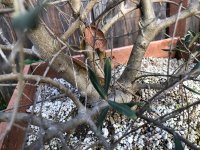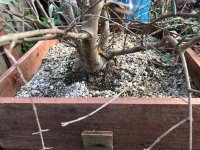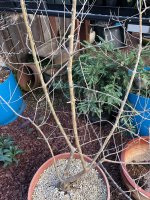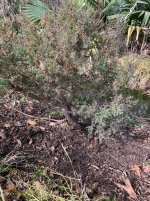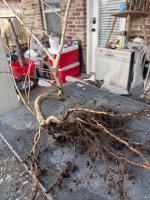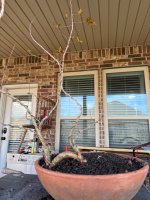The general rule for deciduous is to wait until buds start swelling, but ideally before they open at all.
Conifers can be trickier to tell that, though. Yes, ground thaw, but it needs to stay thawed even over night. It'll be hard for you tell in Denver because the urban heat island effect in the metro strip tempers the extreme temp swings you should naturally see. Color returning is also a useful indicator, but it can start coming back as soon ambient freezes are over, but the ground is still cold enough to hold the tree dormant.
It really is a matter of just spending enough time out there to learn how to tell. It's not like this in other places, but our geology makes everything about collecting yamadori extra tricky, so timing becomes important in order to mitigate that




